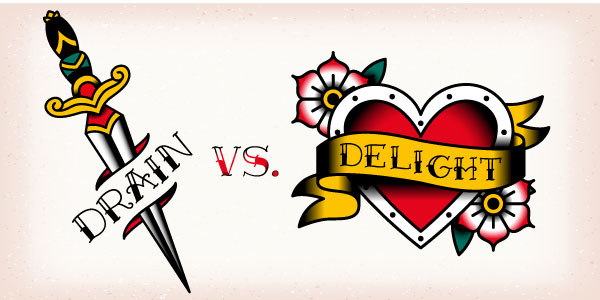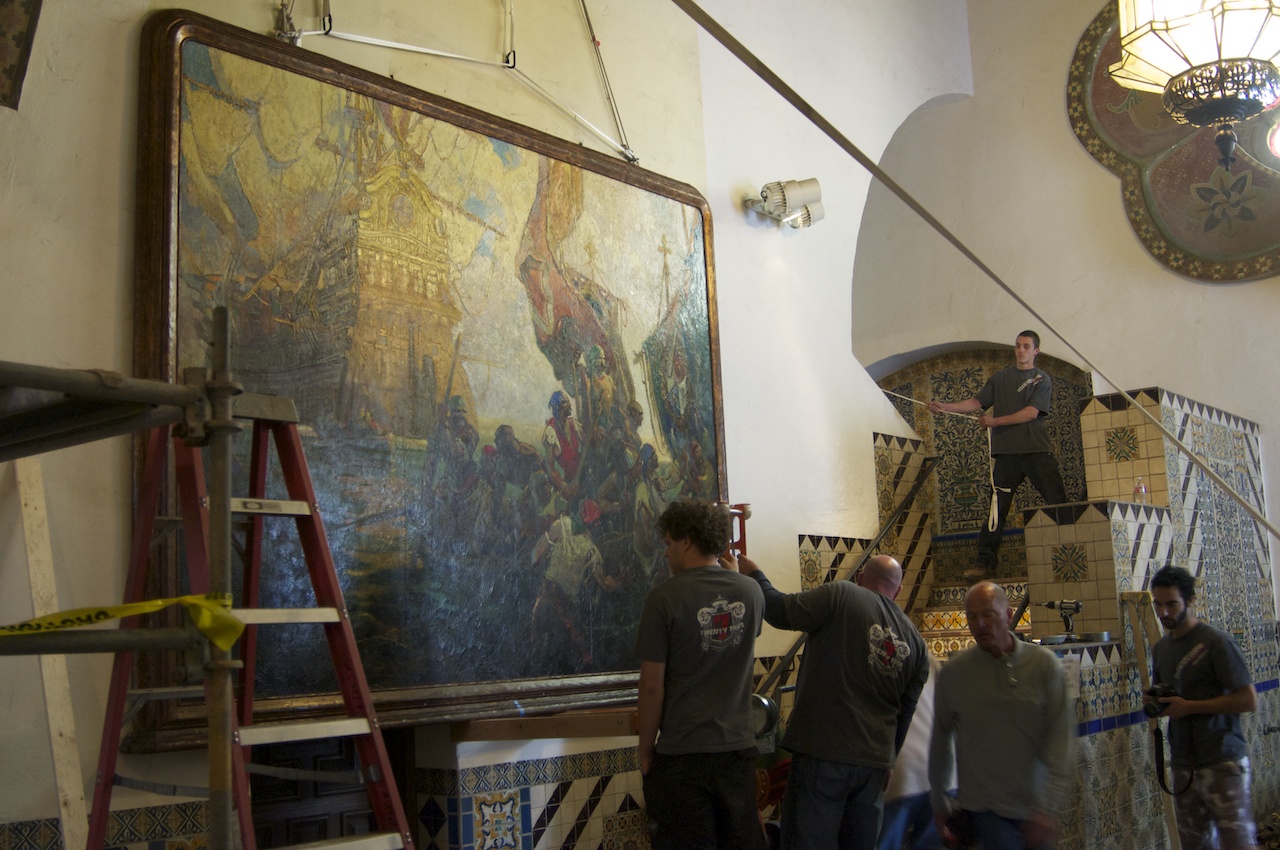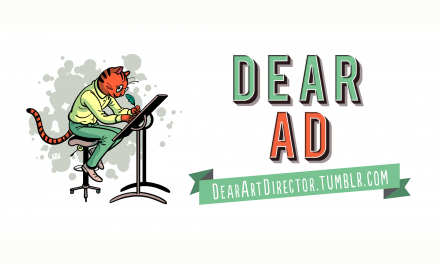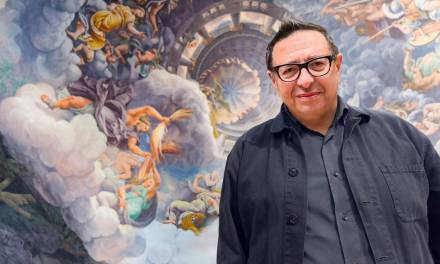I have been spending the last 4 or 5 Fridays in a row catching up on my portfolio review backlog, and it means I’ve been having the same 3 conversations over and over again. Believe it or not, I really only have minor variations on roughly 3 conversations. And they’re kind of sorted by experience level. (The list should probably be a series of posts here. Maybe it will be.) For now, I’m going to talk about the most frequent conversation I had come up in portfolio reviews this year so far. It’s a problem of success, to a degree, but it can hit folks at any level of experience who have a job where you get paid to make art.
They way the topic comes up varies:
—When can I find time to work on my portfolio?
— I can never find time to draw for myself.
—How do I heal burnout?
—I miss making personal work.
—I think I want to quit my job.
—Whenever I try to make work for myself I end up staring at the wall.
—I want to make art when I get done with work but I just veg out in front of the TV.
But the question at the root of all of these is: How do you cope with the world when you make your coping mechanism your job?
People create as a way of processing the world. Most artists started making art as a way to self-soothe. As a way to make sense of the world. A way to heal hurt and disappointment. A way to deal with things we couldn’t name and didn’t understand when we were very small. And we take that into adulthood. Somewhere along the line we are praised for our skills. We are known for being “The Artist” in our families, in our schools, among our friends. And “Artist” becomes part of our identities. So it makes sense, when we are asked what we want to be when we grow up, we say a professional artist. Some of us went to art school. Some of us couldn’t or wouldn’t, and we came back to art later.
Being a “Real Artist” (a term I hate, but is commonly thought of as “An Artist Who Pays Their Bills Making Art”) means that you have commodified your skills. You have taken something you did to feel lighter and free, and weighed it down with expectations and responsibility. And while that’s a success that’s worthy of celebrating, it’s also a burden in a lot of ways. It’s a lot of pressure, for one thing. But it also means that you no longer have access to your coping mechanism of making art because you wanted to, and needed to for yourself — now you have to make art for other reasons, often for other people. And without your way of coping with the world, burnout starts adding up.
The first time most folks deal with this is about a year into their first art job, or after their first year of full-time freelancing. But then if you muscle your way through it, it comes back for you later on. Burnout can hit anyone at any stage of any career. Burnout happens when you drain your creative tank more than you refill it.
And how do you refill it? The only cure for Drain is Delight.
You have to find a new way back to Delight in your work, because the way you used it to heal yourself is now all wrapped up in responsibility.
Now as Artists we have multiple tanks we have to fill. There’s an inspiration tank too. That’s not what I’m talking about here. That’s a tank you fill with a soup of inspiration, and it ferments into awesome new ideas and you ALSO have to fill that tank more than you drain it, but that’s an expected and better understood concept. I am talking about your energy tank. Or maybe more accurately your excitement tank. The tank that is full of the desire to make. When that tank is empty everything feels like a grind, like you’re forcing it. When it’s full you’re dying to get back to that drawing board.
That tank needs to be filled by things that are NOT YOUR JOB. But you’re still a human being who has taught itself to process the world by making art. So how do you get around this when making art is your job?
Some artists create in a different medium entirely — that’s incredibly common. For some of us it’s enough to switch from paint to sewing, or sculpture, or even just working in a different medium like graphite or watercolor. Some of us need to go a bit further afield — we pick up musical instruments or baking recipes.
It doesn’t really matter what you do, so long as it is for the sheer enjoyment of doing it. Process over product is key here. It’s not really about the medium, but that’s a way to trick your brain in to switching into an entirely new mode. That’s a trick Art Therapists have learned to use when Artists show up in their practice. The first move is to give them a medium they’ve never tried before.
I honestly don’t think it matters what you do, so long as you find delight in doing it. And sometimes figuring out what delights us is actually pretty hard. But I challenge you to try. It’s never too late for New Years Resolutions. Make time for delight in your life, in your art practice, and it will fuel not only that medium, but refill your tank for all your creative work as well.










Beautifully said Lauren! I’ve been working on a post about the importance of “play” in our creative discipline – doing things purely for the fun of it. (like making an “art director Barbie” for a friend 😉 ) When I was at university, I was perpetually doing projects that had nothing to do with my “school work” – making weird gifts for friends, covering the exterior of the art building with chicken wire and papier mache humans trying to break in (yes, they did let me get away with that), punking people with fake humans placed in common areas… it was a thing. Some time ago I realized that I missed that aspect of my creative self and started doing things… well, just because. It makes me happy, and, even though we’re generally not having to make things to please other people specifically, it gives me energy to get through the challenging and boring parts of the process and the “need-to-dos” of an artistic life.
“Play” is exactly the right word. And yes, the fun thing about making things that delight you is that they delight OTHER people too! <3
Thanks for this post Lauren. It’s encouraging, refreshing and nourishing. (The Artist in the family …. Holy Moly … that rang a dusty old bell that I had forgotten about.)
Right? Same. Very visceral reaction here too!
Wonderful article Lauren! That work work-life balance is so important and perhaps crucial to the creative process. Taking walks, cooking, self-care, playing with your pets etc. They all refuel the tank and are just as important as the art itself 🙂
You’re a champion for taking the time to speak with all of us for these portfolio reviews! We appreciate all that you do!!
Thanks Simon! Giving portfolio reviews is kind of both a recharge and a drain at the same time, lol, so we’ll call it energy neutral.
DIY-Muppets. I’ll leave this here for someone else to think “Holy Kermit on toast, that’s it” and then end up buying felt and ping-pong balls. Many ping-pong balls.
As an added incentive, it takes me away from any screens for a whole evening…:)
It’s all about play, right?
The only cure for Drain is Delight.
100% correct.
Personally I play Ice Hockey on a regular basis in order to refill the tank.
Open air activities are also helpful.
Thank you, Lauren, for this post.
Yes and physical exertion is an even added benefit for mental health, so that’s doubly effective!
Thank you for this article, really insightful & well written. I’ve been allowing myself to create joyfully and playfully after years of grind and burnout and my creative mind is in a much better space now. You’re right, delight is the key!
Lately I am going the path of Recreational Stabbing of People with Swords for this purpose 🤔
very healing!
Wonderful article as always! I have to say it really resonated. I’ve been struggling with lots of anxiety and imposter syndrome and burnout and *checks calendar* yup, I’m about a year into being full time freelance and making art for others instead of part-time and mostly doing personal work to build my portfolio.
The last couple of weeks I’ve been taking Friday’s in my studio to do whatever I want, be that personal paintings that have been sitting on the back burner, continuing education, material testing, or whatever other explorations. It’s already been transformational. Instead of beating my head against a wall I’m once again filled with ideas I’m excited to try out. Instead of feeling like a hack I’m enjoying the process of craft and creation. It’s really hard to protect that time from the pressures of what I feel like I “should” be doing instead. But I’m starting to deeply understand (instead of just logically comprehend) that it’s a necessity, not a luxury.
A day in the studio to play every week is a great habit to get into! Even if you have to move it off every once in a while for deadlines or “life stuff” getting in the way, at least Friday for play/experimentation is your default.